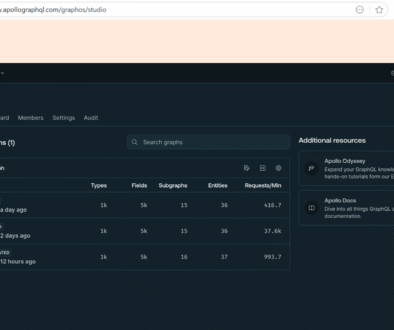API Testing Techniques
API Testing Techniques
An API Testing Technique refers to a specific method or approach used to evaluate the functionality, reliability, performance, and security of an Application Programming Interface (API). These techniques help ensure that the API behaves as expected under various conditions and interacts correctly with other systems, applications, or services.
API Stress Testing
This technique involves subjecting APIs to excessive loads beyond normal operational capacity to evaluate their breaking point. It helps uncover vulnerabilities, performance issues, and failures when the system experiences a sudden surge in traffic.
UI Testing
Most backend API systems do not have a user interface. However, they interact or called from the frontend. Here, the focus is on how well APIs interact with the front-end interface. It ensures that users experience smooth, consistent functionality across devices and platforms by validating API responses rendered in the user interface.
Functional Testing of APIs
This testing validates whether each API endpoint performs its intended function correctly. It involves checking the accuracy of inputs and outputs under various conditions and ensures that the business logic is properly implemented.
Load Testing
Load testing evaluates the behavior of an API under normal and peak traffic conditions. The aim is to assess the system’s response time, throughput, and stability to ensure efficient performance in production-like environments.
Integration Testing
This checks how well APIs work with other services, modules, or databases. It ensures seamless communication and correct data exchange between interconnected systems, verifying that the combined components work as expected.
Validation Testing
This type of testing confirms that the API meets defined requirements for design, functionality, and performance. It covers aspects like reliability, compliance, scalability, and adherence to business specifications.
Security Testing
Security testing is essential to identify risks such as unauthorized access, injection attacks, or data leaks. This testing focuses on securing the API endpoints, safeguarding sensitive information, and ensuring secure communication.
Regression Testing
Whenever new features are added or code changes are made, regression testing ensures that existing functionalities remain unaffected. It re-validates previously tested components to catch any unintended side effects or bugs introduced by updates.
Smoke Testing
This is a basic level of testing that verifies whether the most crucial functionalities of the API are working. It acts as a gatekeeper to determine if the API build is stable enough for further, more detailed testing.
Interoperability Testing
This test checks how the API behaves across different environments, devices, or platforms. It ensures compatibility with external systems and third-party tools, highlighting the API’s ability to integrate smoothly in diverse scenarios.
Runtime and Error Handling Testing
This involves monitoring the API’s behavior during execution to detect errors, memory leaks, or performance bottlenecks. It ensures that the API can handle runtime exceptions gracefully and remain stable under stress or failure conditions.
